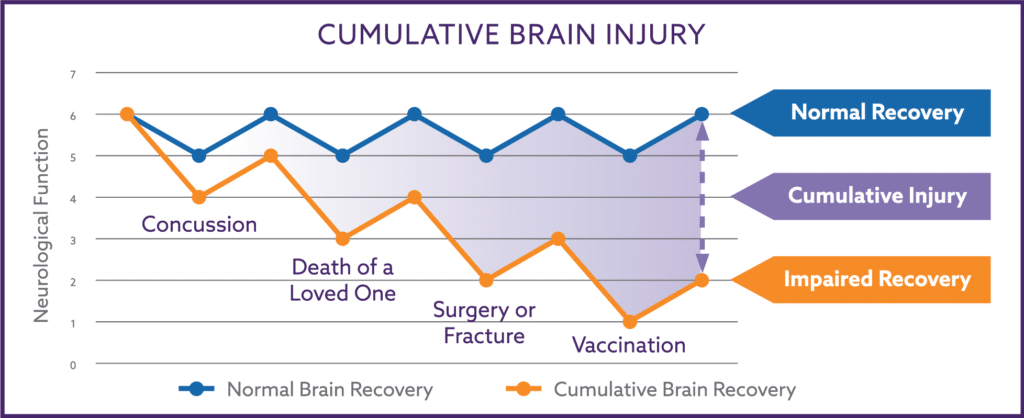I was recently asked by a family friend for some advice on their choice of dog food. It seems their veterinarian said the dog was getting too fat and might be developing diabetes.
Hum, sounds familiar.
Dog (Canis lupus familiaris) are domesticated ancestors of the grey wolf. The grey wolf is a meat eater (carnivore). So my friend’s dog (as are all dogs) is primarily is a descendant of purely meat eaters. This means they eat very little carbohydrates, probably less than 10-15% of their overall diet (there’s some carbohydrate in some meat).
Why would this dog become fat and diabetic? It’s because the major constituent of most dog food in not protein but carbohydrates. Yes carbohydrates, the same thing that causes obesity and diabetes in humans.
I had a similar issue with my Labrador. She was about 7 years old and was starting to get that typical chunky, barrel body we’ve all seen in the typical white-faced, aging labrador. I looked at her dog food and it was mainly carbohydrates. So I switched her to a higher protein, lower carbohydrate diet just like I recommend to my patients. In essence, I was putting my dog on an Atkins style lower carbohydrate diet.
And just I expected, she burned off a lot of the fat and looks great now, muscular and lean. It’s the same response I see when my patients decrease their carbohydrate intake. But figuring out how many carbs were in my dog’s food was a little tricky.
When you look at the labels on dog food, carbohydrates aren’t listed. I guess somebody’s trying to hide something from us carnivore owners. Don’t worry, there’s a way to figure it out on your own.
Calculating Carbs in Dog Food
There is a lot of misinformation on the internet about calculating the nutrients in dog food. I had to go to the original FDA document with the instructions on how to do it.
All dog foods consist of 6 things:
- Proteins
- Fats
- Carbohydrates
- Fiber
- Ash (minerals)
- Moisture (water)
Protein, carbohydrates, fat and fiber are the major macronutrients of all food. Ash is a mixture of minerals required for your dog to be healthy and is very different from ash in your fire place. Ash generally constitutes about 8% of food weight.
Together, the protein, fat, ash, carbohydrate and fiber must account for roughly 100 percent of the total dry weight of any dog food. But the percentages listed on the dog food are by weight but the weight varies by the amount of moisture in the food (i.e., wet or moist weight). Canned food has more moisture so percentages for protein for instance seem much less than that listed for dry food.
You therefore need to compare dog foods based on dry weight. If your dog food states it contains, 10% moisture that means it contains 90% food. You’ll need to divide the listed percentages of protein, fat and fiber by 90% in order to come up with a comparable dry weight of each. This is the only way to compare different foods with different moisture contents.
After calculating the new percentages, you subtract each from 100% to give you the remaining amount of digestible carbohydrate you’re feeding to your carnivore.
Analysis of My Dog’s Food
My dog’s original food (Costco/Kirkland Lamb and Rice) contained:
- Moisture – 10% (only 90% dry nutrients)
- Protein – 23 % (23/90 x 100 = 25.5 % dry protein)
- Fat – 14% (14/90 x 100 = 15.5% dry weight)
- Fiber – 4% (4/90 x 100 = 4.4% dry weight)
Carbohydrates = 100% – Protein – Fat – Fiber – Ash
Carbohydrates = 100% – 25.5% – 15.5% – 4.4% – 8% = 46.6%
Carbohydrates = 46.6%
Now let’s compare to my dog’s newer food (Taste of the Wild – High Prairie Canine) contained:
- Moisture – 10% (only 90% dry nutrients)
- Protein – 32 % (32/90 x 100 = 35.5 % dry protein)
- Fat – 18% (18/90 x 100 = 20.0% dry weight)
- Fiber – 3% (3/90 x 100 = 3.3% dry weight)
Carbohydrates = 100% – Protein – Fat – Fiber – Ash
Carbohydrates = 100% – 35.5% – 20% – 3.3% – 8% = 33.2%
Carbohydrates = 33.2%
Decreasing Carbs Decreases Body Fat in Humans and Dogs Too
Dogs develop a condition called insulin resistance when they become overweight. This is similar to what occurs in humans and insulin resistance is triggered by the carbohydrates in our diet. As I discussed in a previous post, excessive carbohydrates causes adipose (fat cells) to store energy and prevents the adipose from releasing the energy as easily as it should, this leads to the slow accumulation of body fat.
The reduction of carbohydrates in humans greatly reduces body fat, insulin resistance and the risk of diabetes. The same thing happens in dogs. Your dog will lose body fat and become leaner when you reduce the carbohydrates in their diet too.
My dog went from the typical chubby old lab to a lean and more active old lab. The difference was startling.
Your overweight dog can benefit from a change in their food as well. Be certain to calculate your dog’s food as I showed you above to select the food with the highest protein and lowest carbohydrate content.


